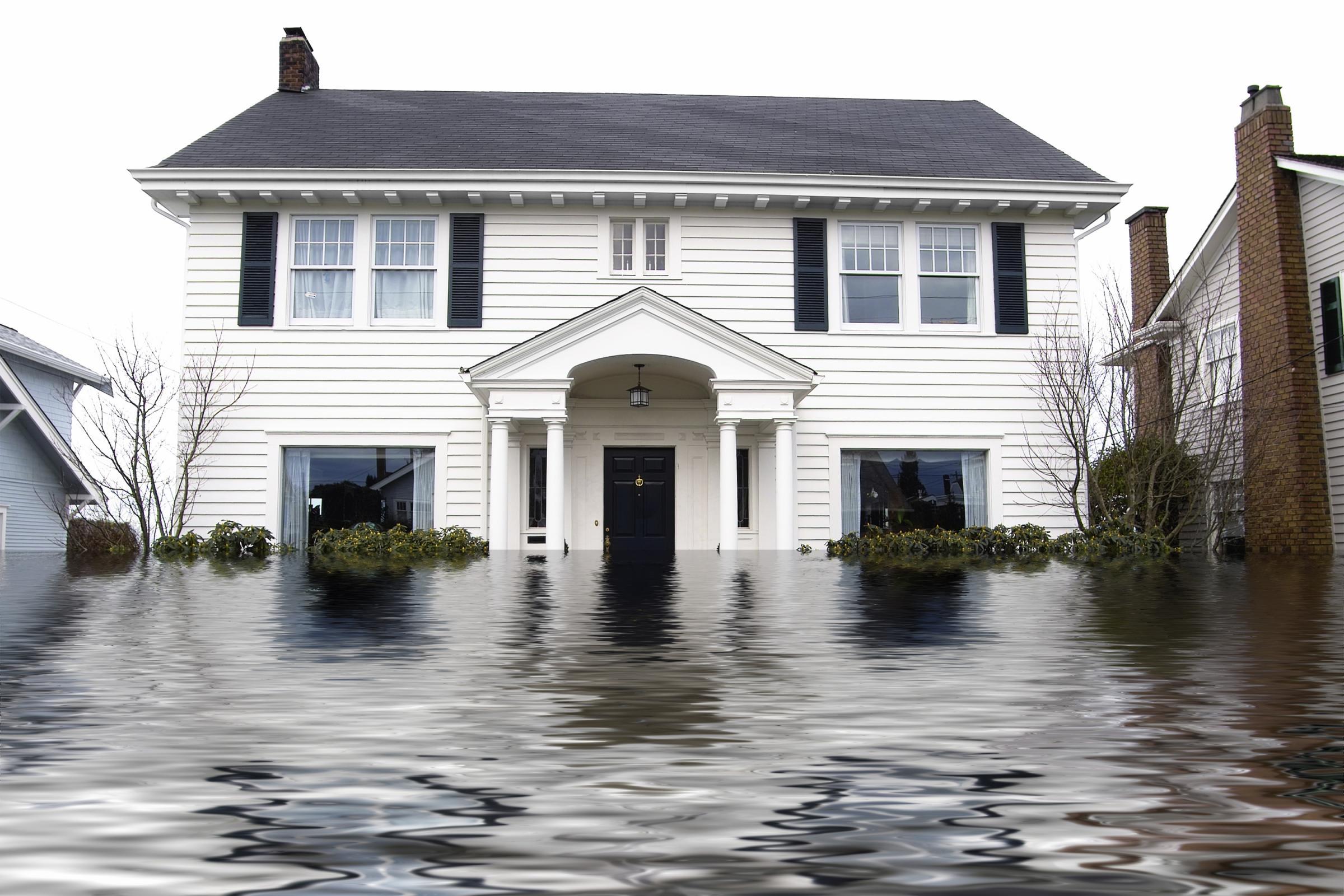
Buying a home is one of the biggest investments you'll ever make. So, what if I told you that, even if your home isn't in a flood zone and you aren't required to get flood insurance, your home could still get flooded? It’s a scary thought, but something to seriously think about.
It could happen to you
We hear a lot about Hurricane Katrina and the devastation it caused in New Orleans, but have you heard of the Louisiana Flood of 2016? Over 31 inches of rain fell over the course of 15 hours in Livingston County, Louisiana. FEMA reported that 83,000 households were eligible for federal disaster assistance and Governor John Bel Edwards said that damage totaled at least $8.7 billion.
The most shocking part about this situation is that almost none of the homes affected were in a flood zone, and most homeowners didn't have flood insurance. The moral of the story is that this could happen anywhere.
How can I prepare my home for flooding?
The good news is that there are ways to be sure your home won't be a total loss if water levels rise in your area. While some of these tips might seem extreme for you if you don’t live in a flood zone, keep them in mind should you ever renovate. Whether you're building a new home or remodeling an existing home, the following tips can help lessen flood and water damage should disaster strike.
Elevate your equipment
Homeowners with naturally wet basements know the key to long-lasting HVAC and other equipment is to keep it dry. The remedy is to elevate your water heater, air conditioning compressor, washer and dryer, wall oven, freezer, and other large equipment using pedestals or platforms. FEMA recommends considering raising equipment at least 1 foot above the Base Flood Elevation (BFE) (or 2-3 feet if you can swing it), if you live in a flood plain.
Use flood hardy building materials
It's always a good idea to do what you can to prevent future expenses when you're building a home or already have the walls open for remodeling. FEMA recommends the following types of building materials to resist moisture before, or to easily be removed and replaced after, flood damage:
- Insulation: Sprayed polyurethane foam (SPUF) or closed-cell plastic foams are considered the only flood-resistant insulation. Once inorganic and other types of insulation get wet, it's down for the count and needs to be fully replaced.
- In the flood plain, FEMA recommends adding a raised floor insulation system, made of either fire-rated rigid foam under the floor joists OR closed-cell spray foam between the floor joists.
- Flooring: Install easily removable, decorative concrete, ceramic and porcelain tile, solid vinyl or rubber interlocking tile, and solid hardwood (if removable).
- Drywall and exterior: Use paperless drywall with a moisture-resistant core for the inside walls and fiber cement and trim for the outside of your home. Fiber cement siding looks like wood or masonry but wears like concrete to survive harsh weather (like floods).
- Structural materials: It's best to work with concrete, solid lumber, and plywood, as these products are the most moisture-resistant. Stay away from using Oriented Strand Board (OSB) – it’s a knockoff of plywood.
Keep these tips in mind when you look to upgrade your furnace, get an energy audit to better your home's comfort and indoor air quality, remodel your basement or kitchen, and more. While it might be a bit technical of a project for a DIYer to take on, your contractor will know what to do.
In the meantime, you can plug in your address on this FEMA flood map to see where your home stands. Remember: All it takes is heavy rainfall over a short period of time to cause flooding even outside of designated flood plains. Be prepared!

Follow us